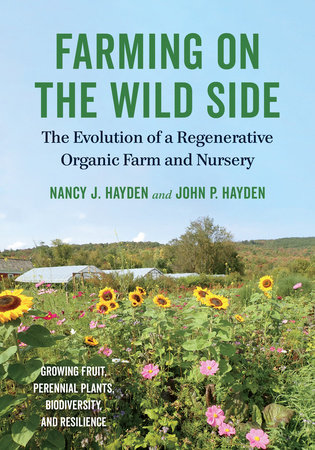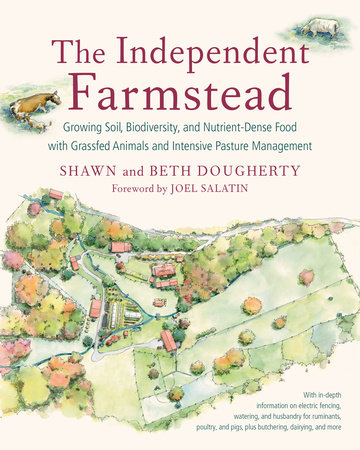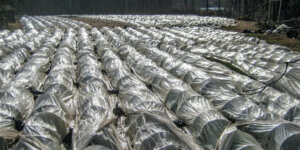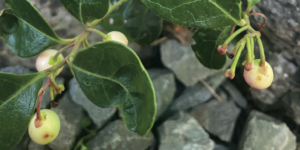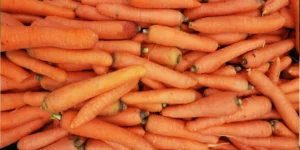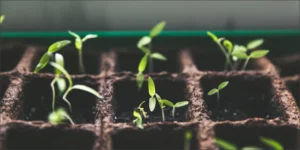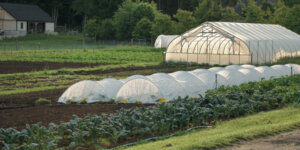The Road to Lynbreck Croft

The dream was to have time to grow our own food, to cook and bake with fresh eggs laid by our free-ranging hens, to gather and process our own firewood, to preserve and ferment our summer harvest, and to spend time appreciating and learning from the land around us. It was an idyll, a dream of a different way of living, but one where we knew bills would still have to be paid and ways found to make enough income to cover our annual costs. Even at this stage, we never imagined farming as an option, focusing instead on setting aside an acre or two of our imaginary plot for a small campsite or maybe even a few glamping rentals.
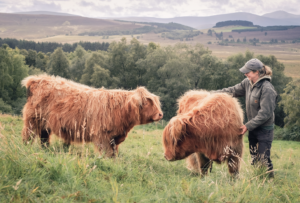
I bought a book called The Financial Times Guide to Business Start Up 2013, spending evenings reading and making notes, trying to answer questions such as: What do you want? Why will you succeed? Why might you fail? What are your ideas? What is your market? This was a very different and new world to the one of nature and of practical outdoor work that we were currently immersed in. But, while it used jargon and phrases that were unfamiliar, there were a lot of basic principles that just seemed like common sense, such as ‘make more money than you spend’, ‘be nice to your customers’ and ‘find and share your unique identity’.
Neither of us have ever been motivated by earning money for the accumulation of wealth to buy more material goods. It’s always been a means to an end, to earn enough to pay the bills and allow us enough to live on. At the time, Sandra was starting out as an apprentice ranger on an annual salary of £12,000 a year and I had secured a permanent position as a ranger with my pay taking a jump up to £17,000. By the time rent on our cottage and bills were paid, living in one of the most expensive corners of the UK, there was little left to spend on anything else. While quality of life was what we were trying to achieve, we knew that trying to understand our possible future costs would be a crucial part of our planning. How much money did we have in savings? What was our maximum budget? What fees might we encounter like estate agents’ and government taxes? The more we crunched the numbers, the more we built an idea of what we could afford. However, even with our combined resources, the high price of land in the area where we were currently living was prohibitively expensive for what we were after, and we began to accept that we would have to look much further afield.

We were immersed day to day in real-time ecology, developing a deep understanding of the intricacies of how nature works as well as how to identify different plants, mammals and insects. We developed our practical skills, learning how to drive a tractor, operate a chainsaw and hang gates, as well as our engagement skills by working with volunteers and delivering guided tours and short courses. And in the climate of the south-east of England, famously the warmest and driest in the UK, we enjoyed many long, hot summers and crisp, clear winters.
We absolutely loved the essence of what we did, the landscape we worked in and what it provided us with. But, despite the perceived idyll of our ranger careers, cracks were starting to appear as our team came under greater pressure to make money through product sales and public engagement events, taking us further away from the jobs we loved and the outdoor office we had become so used to. As the property we lived in and worked on became increasingly busier with visitors and our roles began to change, it made us seriously question our future, wondering if this might be the point to make our break. It was a confusing, unsettling and stressful time, as we went from valuing our jobs and home to feeling that perhaps it was a place that we no longer belonged.
A pivotal turning point arrived when we realised that only we could create the life of our dreams, not an employer. We’re both headstrong, a trait which had led us to this point in our lives, and the idea of working for ourselves certainly appealed. But even at this stage, farming had still not really entered our minds as an option. Growing food? Yes. Diversifying income from the land? Yes. But farming? Not exactly.
I had been struggling particularly with my job, my patience wearing thin as I became increasingly vocal about things I simply couldn’t agree with. I’ve never been very good at just keeping my mouth shut. I can do it to a point but, being impulsive to the core, my true feelings tend to erupt like a bottle of fizzy drink that has been opened after a vigorous shaking. I handed in my notice twice, withdrawing it both times as I got scared, willing to take any small promise of change as a reassurance that things would improve. Sandra, ever calm and supportive, rode this rocky road with me, herself becoming more and more frustrated as our desire to leave grew stronger. But could we really leave this all behind and, if so, where on earth would we go?

On the second evening, we settled into camp and warmed a dinner of tinned haggis on a little one-ring gas burner. Being in Scotland, it seemed like the appropriate meal to have and, in spite of not having a clue and not daring to think about what bits of sheep innards were in it, it was utterly delicious. Afterwards, we took a stroll, finding a bench on the edge of the forest and sitting silently, mesmerised by the scene in front of us, feeling humbled and slightly intimidated by the sheer power of the landscape at our feet. There lay a dense, squat juniper forest between us and the mighty Cairngorm range, a series of hills and mountains that are very different to places like the Alps or the Dolomites in central Europe with their jagged, pointy tops, which are in some cases up to four times as high as the Cairngorms. But the Cairngorms, which are part of a larger range known as the Grampians, are no less impressive, their rounded tops a sign of millennia of weathering, resting on the earth as some of the oldest mountains in the world. I remember saying to Sandra, ‘Imagine living here. Imagine if that was your view.’ Little did we know that behind us, just two miles north as the crow flies, sat Lynbreck Croft.
Recommended Reads
Lessons From An Unusual Christmas Tree Farm: Resourcefulness and Craft
Recent Articles
Want to grow year-round, but a greenhouse feels like a big investment? When it comes to cost and flexibility, low tunnels are the all-around winners.
Read MoreWintergreen is the stunning evergreen groundcover that’s a game-changer for your garden! It’s cherished for its aromatic leaves, vibrant fall color & bright berries.
Read MoreGrow winter carrots for a sweeter & more flavorful harvest! Ditch the bland, store-bought carrots this winter! Grow your own winter carrots for a sweeter and more flavorful twist 🥕🥕
Read MoreSearching for the perfect book to give the homesteader in your life? We’ve got your go-to books for anyone interested in organic growing, permaculture, soil health, year-round growing & more! What’s their next great read?
Read MoreWinter is coming… but that doesn’t mean you should put away those tools just yet. Extend the growing season well past the first frost!
Read More



